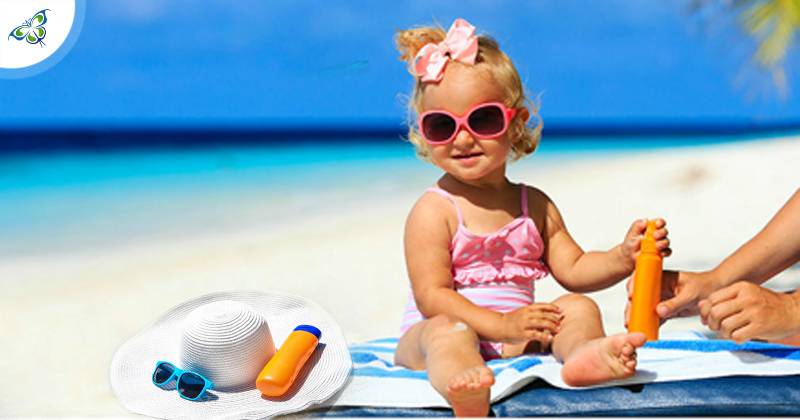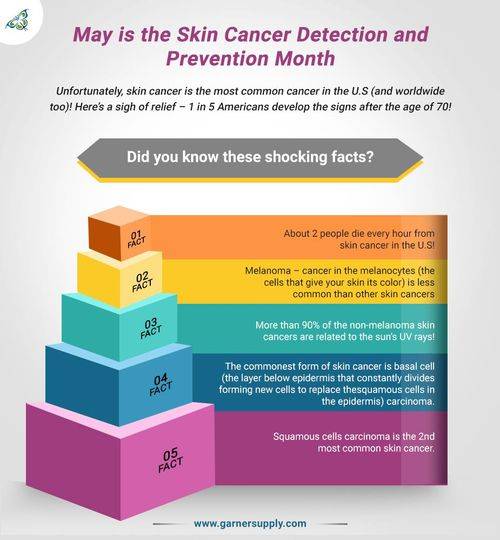
Hello
Select Address

We are usually tempted to think this way – the higher the SPF, the higher the protection! If you are done with those rounds of research, you already know that “this” is not the case. SPF stands for “sun protection factor”. However, the numbers do not measure the extent of the protection factor merely. That is to say – if you consider an SPF 30 to double-protect you than an SPF 15 – you are grossly mistaken.
What does SPF denote?
An SPF 15 protects against 93 percent of the UVB rays, SPF 30 protects against 97% and SPF 50 protects against 98% of the rays. So, what do the numbers indicate? They essentially speak about the duration of your exposure to the sun and its consequence. In other words, an SPF 30 would cause the ultraviolet rays to affect your skin 30 minutes later than what it would have done, had you been out in the sun without the ‘protector’! To walk you through the expositions of the ‘sun protection factor’ the concepts of ultraviolet rays need to be clarified first.
The Ultraviolet rays
To start with ultraviolet rays are invisible to the naked human eye, the reason being – they are of shorter wavelengths compared to natural light. Invisible things harbor lesser-known facts! We, therefore, come across many individuals who are ignorant about the impacts of UV rays on the skin!
UV rays are of 2 types, and both can damage the DNA of your skin cells! We are talking about the UVA and the UVB rays. The latter is the more harmful one and the “protect factor” of your sunscreen looks into safeguarding you from these harmful UVB rays. The milder ones are the UVA rays, which are mostly responsible for sunburn, aging of the skin, and wrinkles too. However, when the shortest length of the UVA rays hits your skin, it might cause sunburn as well. A broad-spectrum sunscreen is highly recommended to protect your skin from both UVA and UVB rays!

Let us now concentrate on certain important things that you need to keep in mind while using your sunscreen lotion…
Apply your sunscreen well
SPF is not the only thing that you need to be worried about. Outcomes also depend upon their application. If you are not applying the product liberally, it might not function well. For instance, an insufficient quantity of an SPF 30 sunscreen could act like a lotion that contains an SPF of 7 only! Most people, unfortunately, apply only 25 to 50% of the recommended amounts. It needs to be mentioned hereby, a shot glass-sized amount for your body and a quarter of a dollop for your face are the ideal quantities.
Calculate the duration you are out in the sun
Sunscreen on your skin remains active for 2 hours only. If the stretch of your beach-side sun-basking is higher than this, you need to reapply. Not only reapplication, but you also need to be careful with your body sweat too. If you have perspired profusely or gone in for a swimming session, you need to reapply your sunscreen as well. In fact, while deciding upon which SPF to opt for, calculate the period for which you will be out in the sun. There's no such thing as – "that this SPF is best for my skin"! I repeat – it all depends upon the duration of sun exposure.
Don’t leave the other sun-protectors back in your room!
Using sunscreen lotion does not really imply that you can abort your favorite sunglass or the big-diameter hat while heading for the marketplace or your kid's school in the morning! The UV-blocking sunglasses and wide-brimmed hats are equally important and while they are doing their part, the SPF does its own!
Hopefully, you are aware of this – you need to apply that lotion even on a heavily-clouded day!